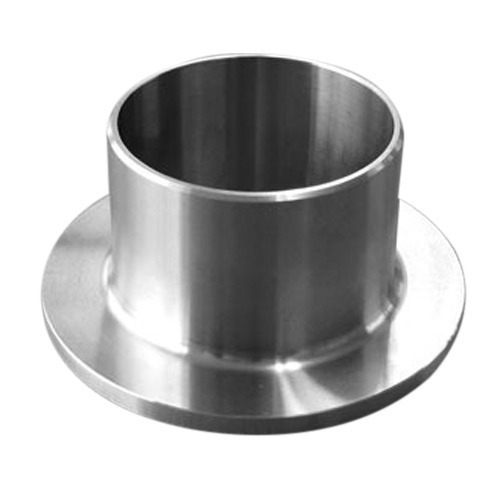What Are The Features Of Hastelloy Stub End
When rotating backup flanges are necessary, fittings called Stub Ends are utilized in place of welded flanges. They are also known as Vanstone Flared Laps and Lap Joints. The back of the Stub End is contacted by a spinning backup flange. When bolts are added, the revolving backup flange is pressed up against the back of the Stub End by the clamping action of the bolts. The rotating backup flange is pressed against the back of the Stub End when bolts are added because of the clamping action of the bolts. The Hastelloy Stub End gasket surface then presses against a gasket and another gasket surface to create couplings similar to those seen in ordinary flange joints. The stub end's gasket surface alone creates the seal; the flange just exerts clamping pressure on the connection.
Manufacturing Standards Of Stub End
To reduce the overall weight of the high-quality material used for the flanged joint, the lap joint flange is typically made of a lesser grade of material than the stub end and pipes.
Example:
Instead of employing a complete 316 welding neck flange for an SS316 pipe, a combination of an SS316 stub end and a carbon steel lap joint flange would accomplish the same task, but the weight and expense of the SS316 material would be reduced.
Stub ends essentially enable stainless, duplex, and nickel alloy pipework to lower the weight of high-grade material, saving money. Of course, the savings increase with larger flange diameter and class!
Types Of Stub End
Stub ends come in three varieties known as "Type A," "type B," and "type C":
The first kind (type A) is produced and machined to fit a typical lap joint backing flange (the two products have to be used in combination). For the flare face to load smoothly, the mating surfaces have the same profile.
Standard slip-on flanges must be used with stub ends type B.
Type C stub ends are made of pipes and can be utilized with lap joints or slip-on flanges.





Comments